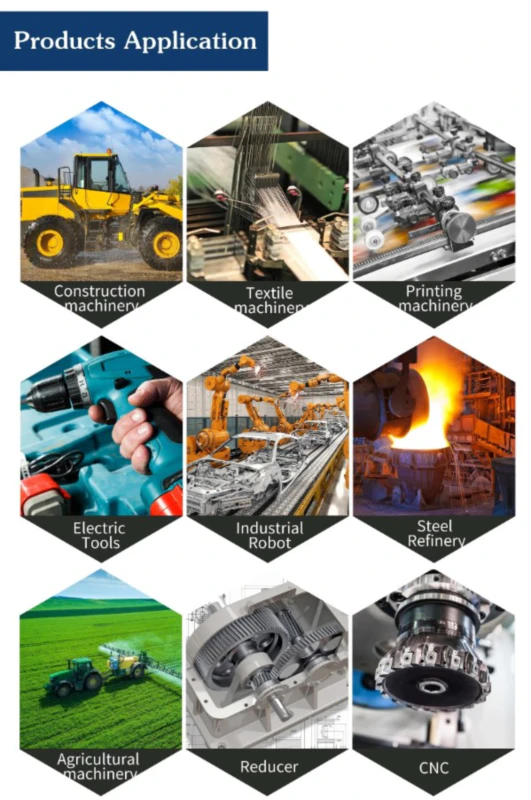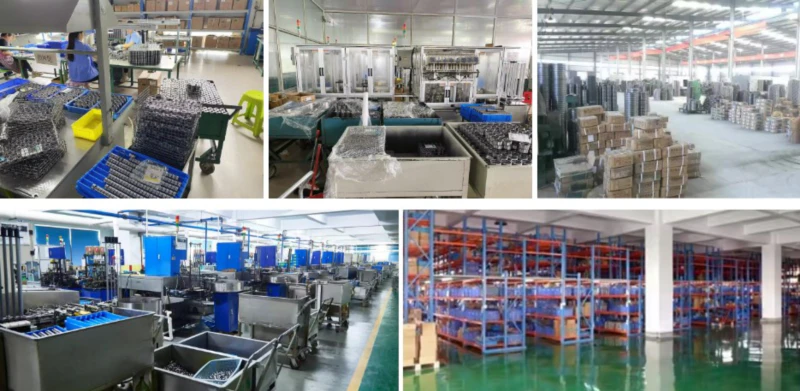Track Bearings Bearing Failure Modes
Introduction
Track bearings play a crucial role in various industries, providing support and smooth movement for rotating machinery. However, like any mechanical component, track bearings are prone to failure. In this article, we will explore the different failure modes of track bearings and understand the factors contributing to their breakdown.
1. Fatigue Failure
One of the primary failure modes of track bearings is fatigue failure. This occurs when the bearing undergoes repeated stress cycles, leading to cracks and eventual failure. Fatigue failure is often caused by inadequate lubrication, excessive loading, or prolonged operation under heavy loads.
2. Wear and Abrasion
Wear and abrasion are common failure modes in track bearings. Continuous friction between the bearing and its mating surfaces can result in material loss and surface degradation. Factors such as contamination, improper lubrication, and misalignment can accelerate wear and abrasion, reducing bearing lifespan.
3. Corrosion
Corrosion is another significant failure mode for track bearings, especially in harsh environments. Exposure to moisture, chemicals, and corrosive substances can lead to the breakdown of bearing materials and compromise their structural integrity. Regular maintenance and appropriate sealing mechanisms are essential in preventing corrosion-related failures.
4. Overheating
Track bearings can experience overheating, which often leads to premature failure. Overheating may be caused by excessive friction, inadequate lubrication, or improper installation. Monitoring bearing temperature and ensuring proper lubrication can help prevent overheating and extend bearing life.
5. Misalignment
Misalignment occurs when the bearing’s inner and outer rings are not properly aligned. This can result in uneven load distribution, increased friction, and accelerated wear. Proper installation and alignment techniques are crucial in minimizing misalignment-related failures.
6. Impact and Shock Loads
Track bearings may encounter impact and shock loads, especially in heavy-duty applications. Sudden forces and vibrations can cause stress concentrations and lead to bearing failure. Adequate design consideration, such as selecting bearings with high load capacity and employing shock-absorbing techniques, can mitigate the effects of impact and shock loads.
7. Improper Handling and Installation
Improper handling and installation practices can significantly impact the performance and longevity of track bearings. Mishandling during transportation or incorrect installation procedures can introduce damage or misalignment, increasing the risk of premature failure. Adhering to proper handling and installation guidelines is crucial for ensuring optimal bearing operation.

Conclusion
Track bearings are vital components in various industries, and understanding their failure modes is essential for maintaining reliable and efficient machinery operation. By addressing issues such as fatigue failure, wear and abrasion, corrosion, overheating, misalignment, impact and shock loads, and improper handling, we can prolong the lifespan of track bearings and minimize costly downtime.
About Our Company
Our company is a leading player in the Chinese reducer market, offering a wide range of products including servo reducers, plastic gearboxes, gear motors, worm gearboxes, and more. With state-of-the-art automated CNC production and assembly equipment, we ensure the highest quality standards for our customers. We take pride in offering competitive prices, exceptional products, and attentive service. We welcome customers to customize their orders based on their specific requirements.

Author: Czh